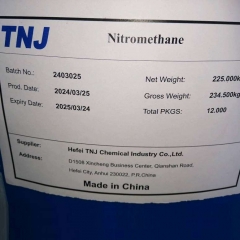What is Hydroxylapatite?
In human body, Hydroxylapatite can mainly be found in teeth and bones. It is usually used as a filler to replace amputated bone or as a coating to promote bone to grow into prosthetic implants. Although many other phases exist with similar or even identical chemical makeup, the body responds to them very differently. Coral skeletons can be transformed into hydroxylapatite by high temperatures; their porous structure allows relatively rapid ingrowth at the expense of initial mechanical strength. The high temperature also burns away any organic molecules such as proteins, preventing an immune response and rejection.Many modern implants, e.g. hip replacements, dental implants and bone conduction implants, are coated with hydroxylapatite. It has been suggested that this may promote osseointegration. Porous hydroxylapatite implants are used for local drug delivery in bone. It is also being used to repair early lesions in tooth enamel.
Specification of Hydroxyapatite
Appearance
White fine powder
Calcium,%
23~25.5
Phosphorus,%
9~11.5
Arsenic ,%
≤0.001
Acid insolubles ,%
≤0.1
Moisture, %
≤5
Heavy metals, %
≤ 0.001
Assay (on dry basis), %
99.0~102.0
Particle size(nm)
20
Where to use Hydroxyapatite
Hydroxyapatite can be used as bone replacement materials, plastic and cosmetic surgery, dental, chromatography purification, calcium supplement, and is currently widely used in manufacturing with the tip of the teeth or bones composition new stuff.
Pharmaceutical application
Hydroxylapatite can be found in teeth and bones within the human body. Thus, it is commonly used as a filler to replace amputated bone or as a coating to promote bone growth into prosthetic implants.
Food Supplement
Microcrystalline hydroxylapatite (MH) is marketed as a "bone-building" supplement with superior absorption in comparison to calcium. It is a second-generation calcium supplement derived from bovine bone.
Packing
25kg per fiber drum
9mt per 20ft container












 chemical.tnj
chemical.tnj +8618949823763
+8618949823763 tnjchem
tnjchem 2881500864
2881500864